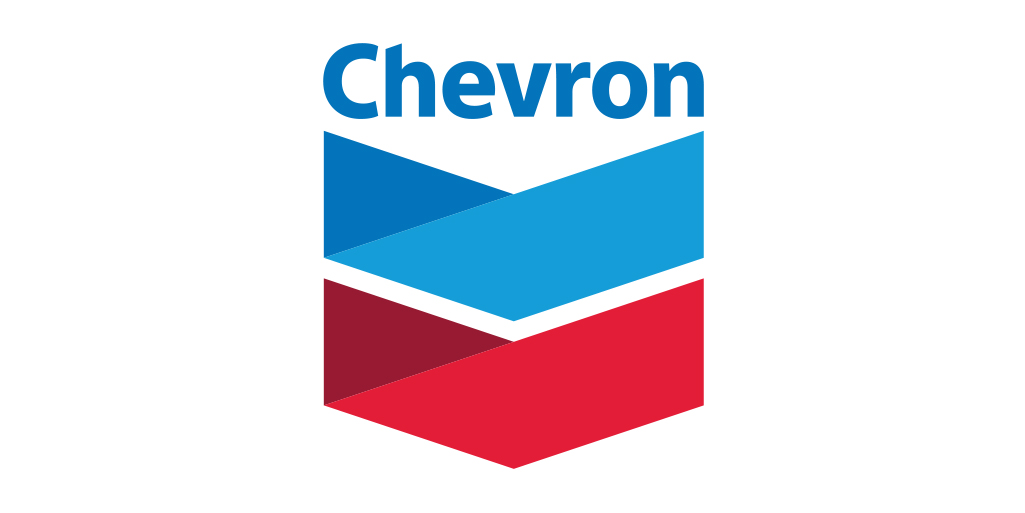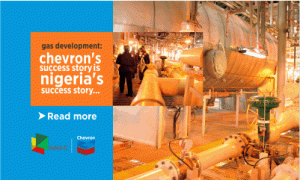The National Bureau of Statistics (NBS) has explained more on the content of its September figures.
The NBS said, “During the month, the highest increases were seen in the electricity, liquid fuel (kerosene), solid fuels, and fuels and lubricants for personal transport equipment groups.
“Communication and restaurants and hotels recorded the lowest rates of increase of the 12 divisions, growing by 5.6 per cent and 9.6 per cent respectively.”
The report by the agency said the core sub-index increased by 17.7 per cent during the month, up by 0.5 per cent points from rates recorded in August (17.2 per cent).
The bureau noted that the food sub index increased by 16.6 per cent year-on-year in September, up by 0.19 per cent points from rate recorded in August (16.4 per cent).
It stated that a number of groups within the food index recorded falls in the rate of price increases, including fish, which had previously been a key driver, as well as oils and and fats, and fruits.
The NBS said price movements recorded by all items less farm produce or core sub-index increased by 17.7 per cent year-on-year in September, up by 0.5 per cent points from rates recorded in August (17.2 per cent).
“During the month, the highest increases were seen in clothing materials, other articles of clothing and clothing accessories, garments, shoes and other footwear, books and stationeries, jewellery, clocks and watches, and motorcycles.”
The bureau further noted that the percentage change in the average composite CPI for the 12-month period ending in September 2016 over the average of the CPI for the previous 12-month period was 13.5 per cent, higher from 12.7 per cent recorded in August.
“The corresponding 12-month year-on-year average percentage change for the urban index increased from 13.6 per cent in August to 14.4 per cent in September, while the corresponding rural index also increased from 12 per cent in August to 12.6 per cent in September.”









